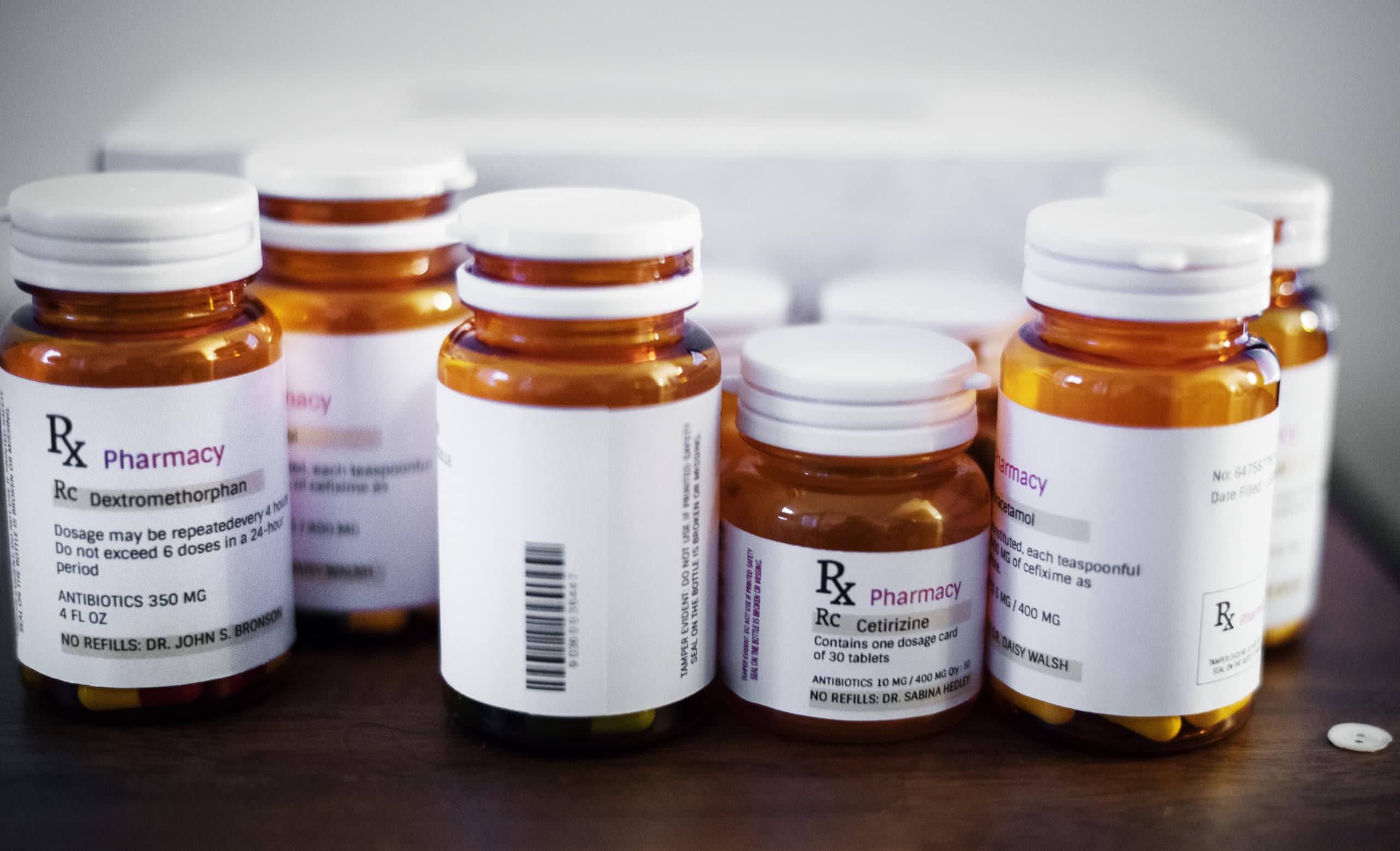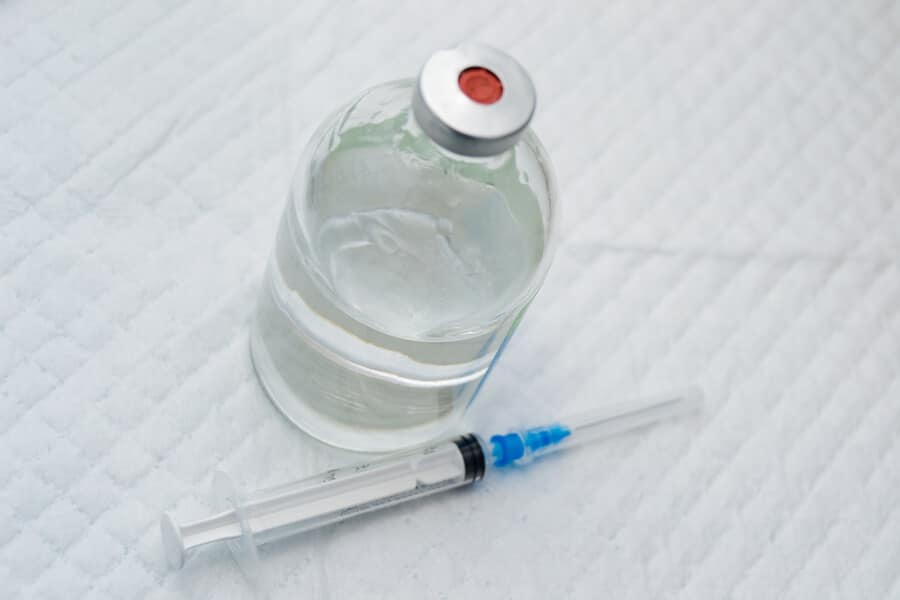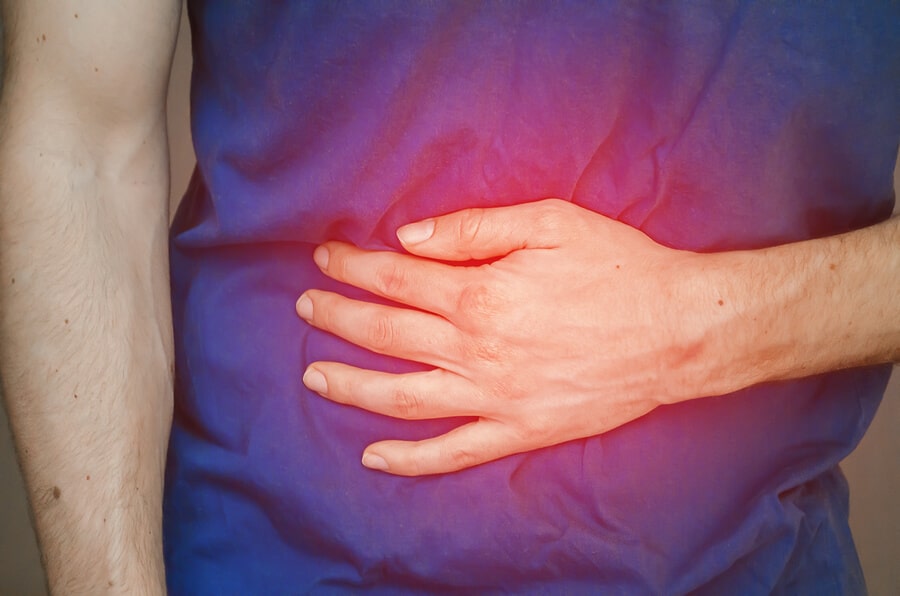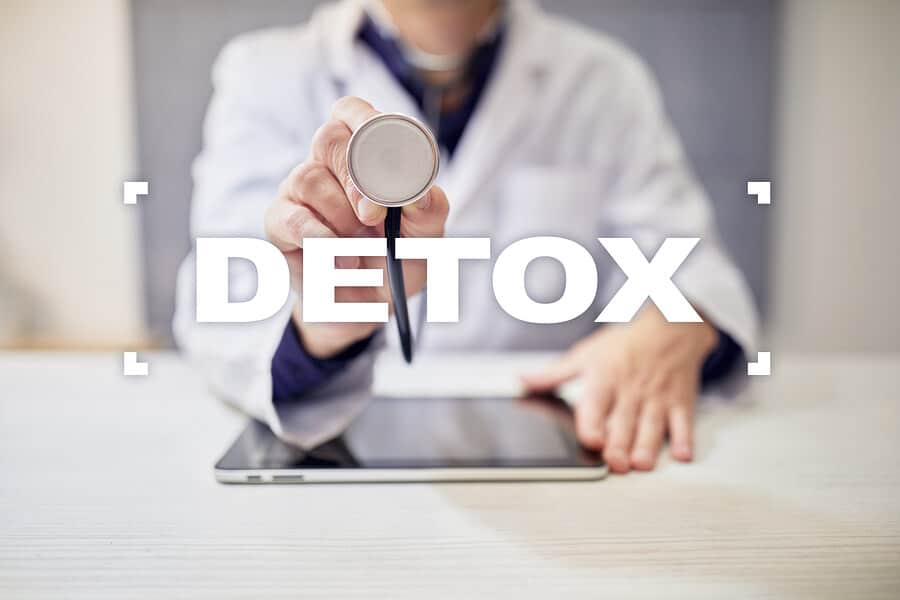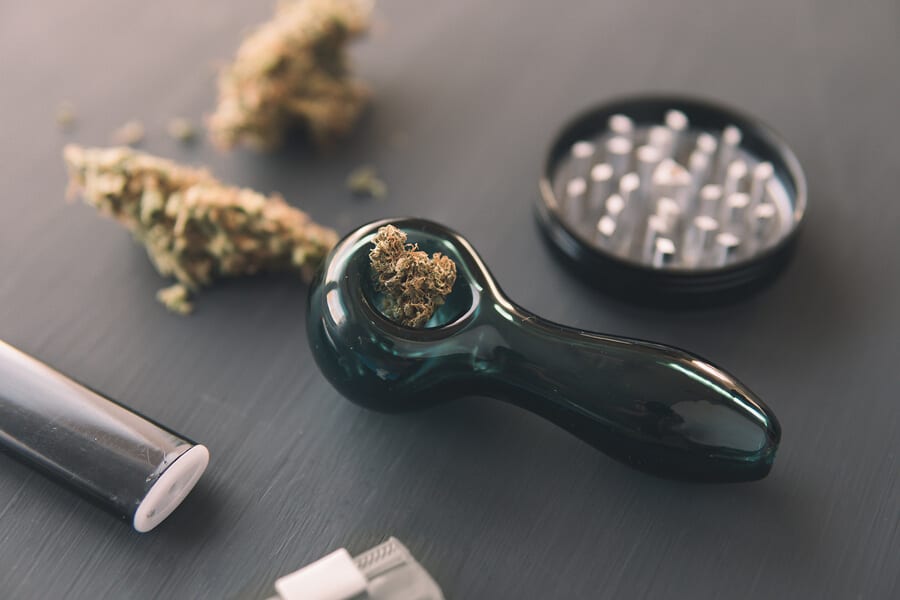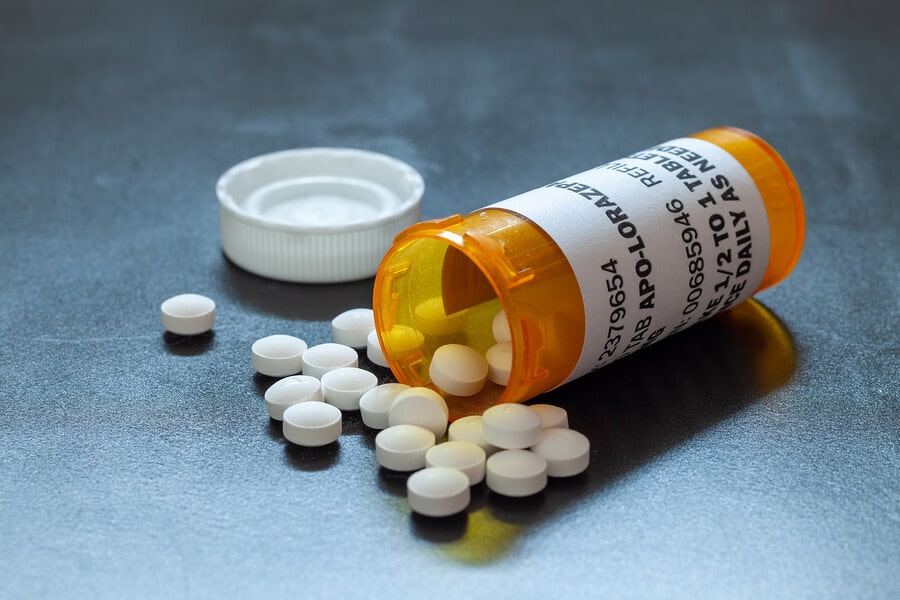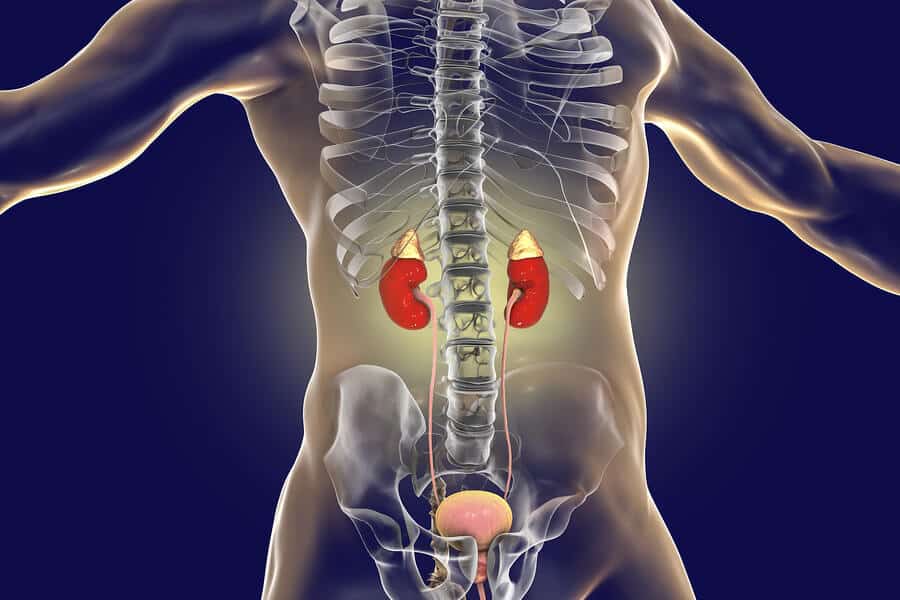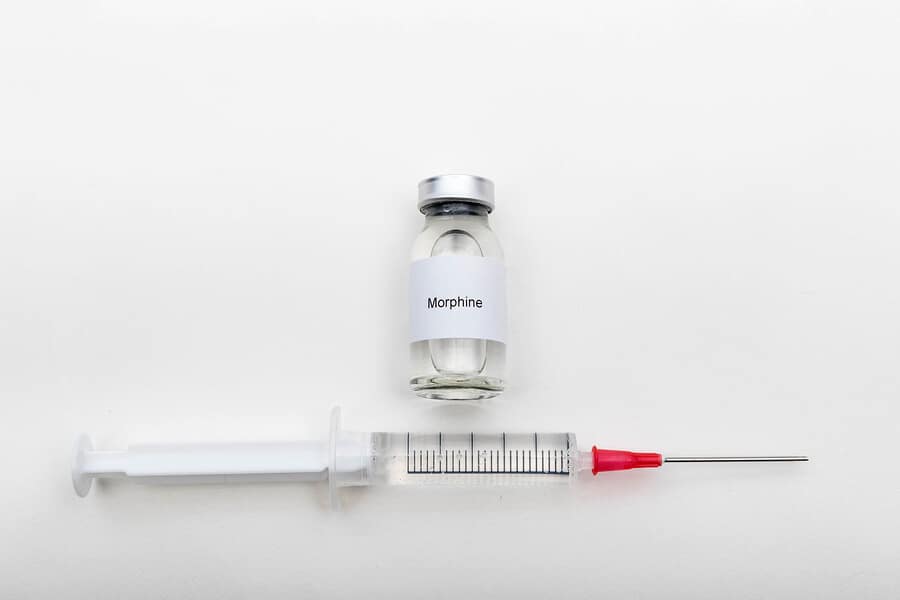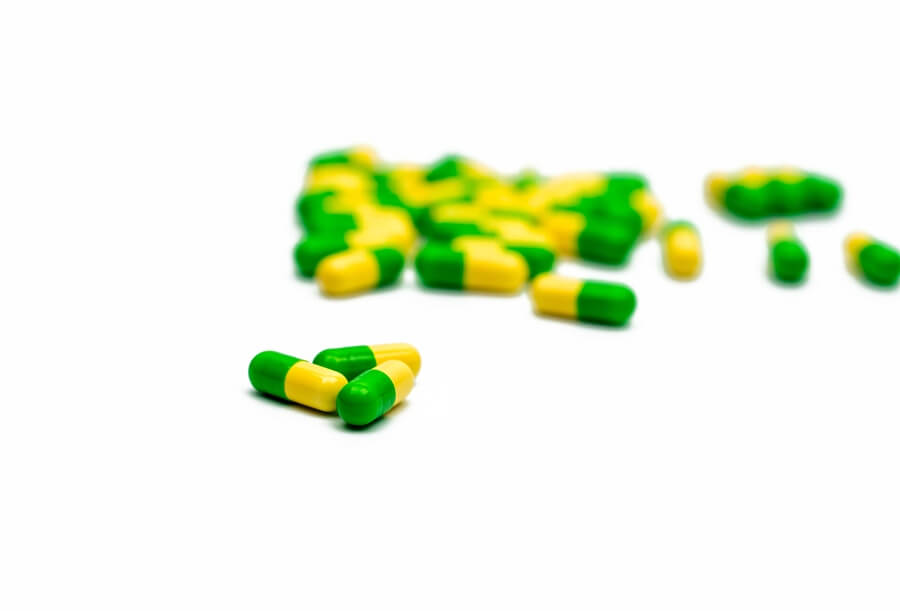
When our loved ones are in trouble, all we want to do is help. It is one of our most beautiful human instincts but unfortunately when a loved one is in the throes of addiction, our well-intentioned help can really hurt. So, it’s important to ask ourselves, “Am I enabling?”
There is a fine line between offering support and enabling, and it is a difficult line to walk. Unfortunately, despite our best intentions, our help can inadvertently harm the addict by making it easier for them to continue using. On our end, we often feel guilt, hurt and betrayal because our help was used to fuel their addiction.
Understanding what enabling is will ultimately support both you and the addict, as you will only be taking actions that push them towards treatment. However, be aware that this road can be a painful one. We cannot force anyone to change who does not want to change themselves.
What is Enabling?
Enabling is any action that makes it easier, more comfortable, or financially possible to continue an irresponsible, inappropriate or dangerous behavior. This can be unrelated to substance abuse or addiction, such as letting your child stay home from school because he didn’t finish his project in time. In this instance, you are not helping them, you are allowing them to shirk the consequences of their choices. This ultimately enables them to continue being irresponsible.
When drug or alcohol addiction is involved, the matter becomes much more serious and can play out in a highly co-dependent manner. For example, a parent gives an addict money for groceries so they won’t “go hungry” but the addict spends the money to get their drug fix instead. The parent has not helped the child, just enabled them to fall deeper into addiction.
Am I Enabling?
Enabling can constitute more than financial support and occur in a myriad of ways. Ask yourself the questions below.
Do I make excuses for the addict’s behavior?
“He’s just tired,” and “she’s just drinking because she had a bad day,” are examples of excuses we can make to ignore the deeper problem. But pretending the problem doesn’t exist, does not make it go away. Excusing behavior will only hurt both you and the addict in the long run.
Have I ever lied to others in order to cover up their using?
If you’ve ever found yourself covering for your addicted loved one, you are enabling. Maybe they have gone on a bender and you call their employer saying they are sick, or make an excuse as to why they didn’t make it to the friend’s birthday party. These are all actions which allow the addict to avoid consequences of their using and thus allow them to continue to do so.
Am I afraid to express my feelings or concerns for fear they will react negatively (i.e. they may leave you or be angry with you)?
Acting out of fear is the opposite of rational behavior. When we act out of fear, we sacrifice our own comfort and wellbeing in exchange for momentary peace and safety.
The truth is, your fears can and may come true. The addict may leave, they may get into trouble, they could wind up in jail, or they could get angry when you address their addiction. But not addressing what is going just means that the addiction continues in the dark, where it thrives.
Do I constantly blame others for the addict’s problems or addiction to avoid placing responsibility on them?
Blaming addictive behaviors on outside factors such as a stressful job or drinking buddies who are a bad influence is ignoring the root of the problem. Thinking that if those factors weren’t in the picture, your loved one wouldn’t abuse substances is likely to be inaccurate. It also denies that the person may be in a full-blown addiction which is a disease not a choice.
Am I putting the needs of the addict above the needs of myself or my family?
Because addicts are typically unable to care for their own basic needs, they often rely on an enabler to help them. This is textbook Codependent Behavior. The enabler feels a personal responsibility to “help” the addict and the addict relies on the enabler to fix their problems so their addiction can continue. Things like bailing the addict out of jail, buying them food, or skipping other responsibilities to go pick them up are all signs of enabling. It also means you are putting their needs first. Can you really afford to pay their rent or is it causing your hardship? Either way, you are helping them use.
Stopping the Cycle
1. Face your Fears
You may be afraid that without your help they could wind up homeless, hungry, or in jail. Accept that these are possible outcomes of their addiction. Typically addicts must become uncomfortable in order to accept they have a problem and seek treatment. Sometimes they need to hit rock bottom, but not always. Unfortunately you have to be willing to find out.
2. Create Boundaries (and stick to them)
Learn to detach with love. Stop protecting them from the consequences of their actions, do not offer financial support, and do not bail them out of trouble. Keep a schedule and stick to it, for example, they are welcome to 6pm family dinner but only if they come on time.
3. Seek Education and Support
Learn all you can about addiction. Go to Al-Anon meetings. Find a counsellor and take care of your mental health. This is a difficult journey. Understanding the roots of addiction and speaking to others who understand can help with feeling powerless, lonely, or scared.
4. Talk to Your Loved One About Treatment
Wait until they are sober to have a conversation with them about their using. Be honest with them: talk what you see when they are high, tell them how their addiction has affected you and others. Then suggest they get treatment. Be prepared for them to respond negatively or decline, we cannot make someone change until they are ready.
Lastly, contact a professional if you need help or advice. At Harmony Recovery Group, we are here for you.
Reach out to us anytime.

